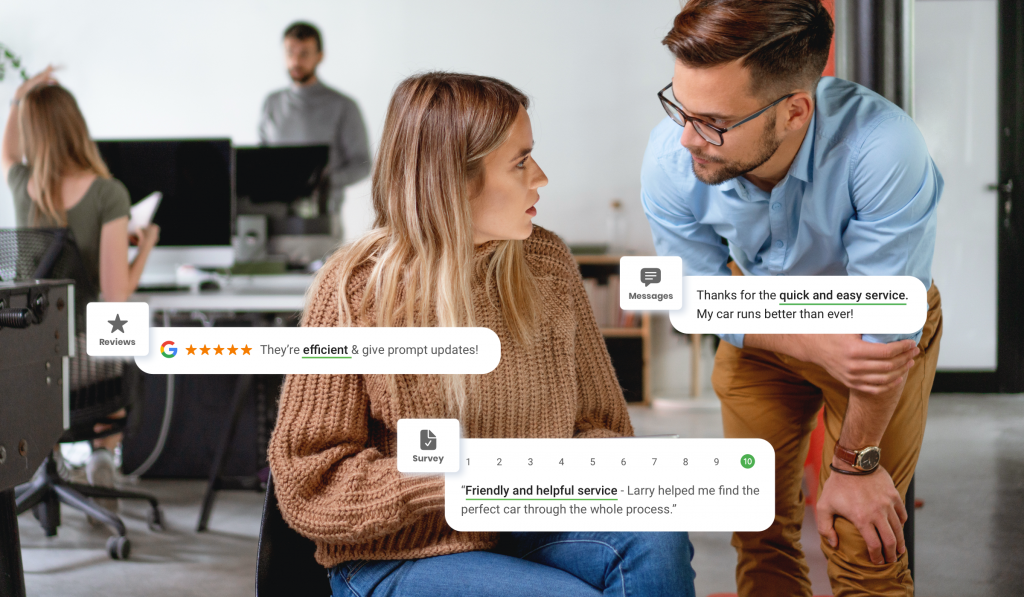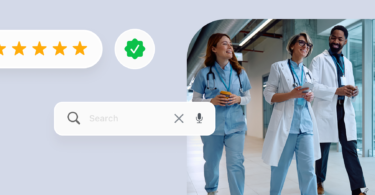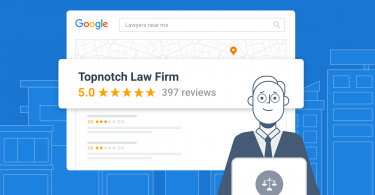We’re now much more attuned to seeking the “Voice of the Customer” (VoC) than we were back when our only method for receiving customer feedback was the impersonal and often inefficient contact center. In the years that accompanied the rise of online commerce, social media and webchat, we’ve all learned that a customer feedback process that was dependent on a single support channel for customer insights was ultimately a process that wasn’t actually capturing any true insights at all.
Now we’ve armed our businesses with multiple methods of understanding the holistic voice of the customer, and we know that this changes over the various stages of the customer journey. That said, it’s important to realize that with customer feedback being accumulated from so many disparate sources – from surveys, from social listening, reviews, email, chat and so on – it’s only natural that many companies struggle to keep up with understanding customer sentiment at scale. Marketing may be very well-tuned to what’s happening in social or on reviews, yet may have no idea what operations are doing with customer surveys – or even what’s happening on webchat with customer support, in the contact centers and on teams that are so vital to a customer’s interactions with a business.
What is the VoC gap?
Businesses often struggle with the tools to listen to customers everywhere. Here at Birdeye, we call this the VoC Gap. The gap, in so many words, is the distance between what customers actually think of you and what you’re actually able to hear – both on an individual customer level, and in the aggregate.
The VoC Gap arises when companies choose to listen to customers on the tools they, the businesses, prefer – and not on the ones that customers are actually using. Sometimes this is generational, with some older customers calling in or emailing, and younger customers taking out any aggression or leaving heaps of praise in online reviews, or in social channels. Businesses have tried to bridge this gap with pulse-like NPS surveys, in which customers are asked to rate the company’s service and individual experiences on a 1-10 scale.
NPS can only tell a business so much, however. That same customer that just rated you a 10 yesterday may have a horrific new complaint she’s just lodged with a support rep over chat, and when the VoC Gap is at its most problematic, that complaint isn’t being heard by the people by the team responsible for growing and retaining that customer’s business.
How to close the VoC gap
Closing the VoC gap is a matter of how well a business is able to extract insights from all channels that they are using, and how well they then use this information to truly understand what their customers are saying. Making sense of VoC data can be cumbersome, yet can be alleviated by the use of AI-powered software that monitors each customer feedback channel and automatically pulls and aggregates both specific insights and more generalized customer-level sentiment.
Most businesses don’t have the tools to listen to customers everywhere, so AI closes this gap by listening to all customer feedback, across all channels. At Birdeye, we use a natural language processing (NLP) engine called Athena that helps our customers pull in sentiment data from disparate sources; find the root cause of the problem; and spur decisive action from executives down to the frontlines.
Everything that Athena tracks comes into a single dashboard, and humanizes many terabytes of “big data” so that our customers can understand their customers’ sentiments that are being expressed in various forms of feedback, then use these new a-ha moments to improve operations at both a location and a corporate level.
Case study: David’s Bridal
David’s Bridal certainly doesn’t struggle with the VoC gap any longer. As a leading wedding dress retail destination with more than 330 stores worldwide, David’s Bridal ran a pilot program in 32 locations, in which they used customer feedback to understand what was working and what was not. While they had thousands of customer reviews, the challenge was to identify actionable insights from this data. David’s Bridal turned to Birdeye’s Athena-powered Insights tool to allow them to run machine learning on their reviews. They were thereby able to define categories based on their business’s operational metrics and measure the performance for each of their locations — an “apples to apples” comparison.
They noticed that they were able to provide a great customer experience to their customers. Their product range was loved, ambiance was appropriate and the staff courteous. Yet from this mountain of data, they also noticed that there was some dissatisfaction around their alteration services. They further noticed that this pattern was pronounced during weekends. The boutique had alteration services throughout the week, yet on the weekends the service was not available, leading to a less-than-ideal customer experience. Once they had this vital piece of Athena-powered information, they were able to quickly make changes and turn the situation around.
David’s Bridal’s Morgan Nemath said that she found this to be a game-changer in addressing the VoC gap. “We get a lot of customer feedback, but what we do with it is important. Birdeye gave us a way to take immediate action on insights, and close the gap as it happens. This allows us to use feedback from the customer’s voice. We are able to deliver a once-in-a-lifetime experience to foster real loyalty and create brand ambassadors”.
In conclusion
There are certainly other ways to address the Voc Gap, yet none as impactful nor as cost-effective as allowing AI-driven sentiment analysis to do the heavy lifting for you. If you’d like to learn more about how you and your business can best get ahead of the VoC gap, check out our new guide, A marketer’s guide to building a Voice of Customer (VoC) program.

Originally published









